
There are so many ways you can add character to your house using indoor plants as decor; you aren’t limited to just placing plants on your floor or table! I’ve compiled fun ideas with basic decorating elements to help you jazz up your living space with a couple of examples for each room.
Have a read below for these decor ideas, tips, and suggestions on plants that would flourish in each room and add a bit of pizzazz.
(As an Amazon Associate, I earn from qualifying purchases.)
Table of contents
1. Upcycle Empty Tea Canisters

Reusing empty tea canisters as a new home for your plant is a great way to upcycle. Herbs and succulents work best for these canisters because their shallow roots will have plenty of room to develop without getting rootbound. Growing tea plants here might be a little sadistic but, how else would they get to know their roots?
Before you add in potting soil and start planting, make sure to do the following steps:
- Wash the inside of the canister with soapy, hot water and rinse thoroughly.
- Leave it to air dry for a couple of hours or wipe the inside of the canister with a paper towel until it is dry.
- Drill small holes at the canister base to allow excess water to drain when you water your plants.
2. Utilize a Ladder Shelf

With a 2-tier ladder floating shelf fixed to a wall, you can organize your plants and bathroom essentials. Hanging your wet towels on the towel bar helps increase the humidity levels around your plants on the shelf through evaporation. This way, you freshen up yourself and your plants each time in one go!
Alternatively, you can also place this ladder shelf in your kitchen by keeping your spices and condiments alongside your plants. Rest your wet kitchen towel on the bar to apply the same evaporation concept here to boost the humidity levels around your plants. I recommend getting this nifty Rustic Wall Shelf with Towel Bar on Amazon.
3. Make a DIY Pegboard Shelf

If you have limited space, consider using a pegboard shelf using dowels and planks to place your plants in your own customizable arrangement. Whether you DIY it or purchase one, a pegboard will add a playful touch to any room. You can easily change the shelf placement on a creative whim or for the sake of sheer boredom. A good one I recommend getting is the Wooden Pegboard on Amazon.
4. Vertical Plant Holders

Instead of paintings, opt for wall plant holders (like this Wall Planters Set on Amazon) to exhibit your plants at eye level. This is an excellent way to keep certain plants out of reach from your children or pets while adding live decor to your living room walls. If you want to take it further, get a vertical garden wall set with individual planting bags. You will be able to grow multiple plants in a much smaller area. You can plant leafy greens and herbs here to make it into a salad garden. Take note, however, you should place this vertical garden in an area where it can receive daily 6-8 hours of direct sunlight to grow well. I recommend getting this Vertical Wall Garden Planter on Amazon.
5. Repurpose an Aquarium

Who says you only put fish in an aquarium? Repurpose it as a large terrarium for a collection of succulents or other small plants for your viewing pleasure in the living room. You can even build a small landscape! The plants won’t swim mindlessly, but they will undoubtedly thrive in their self-contained home.
Prepare the following items (Note: the specified measurements are suited for a 30cm long, 22cm tall, and 18cm deep aquarium. Adjust as needed if you’re using a larger aquarium):
- An empty aquarium
- 1.5 kg (3.3 lbs) of gravel (like this Pea Gravel on Amazon)
- 50 g (2 oz) of activated charcoal (like this Coconut Shell Activated Carbon on Amazon)
- 500g (18 oz) of terrarium sphagnum moss (not sphagnum peat moss)
- 1 kg (2 lbs)potting soil/mix (suitable for your chosen plants)
- Decorative items such as different-sized rocks, twigs, shells, etc.
- Your selected plants (make sure they are small and won’t grow larger than the size of your terrarium)
Here are the simple steps to creating your terrarium-in-an-aquarium:
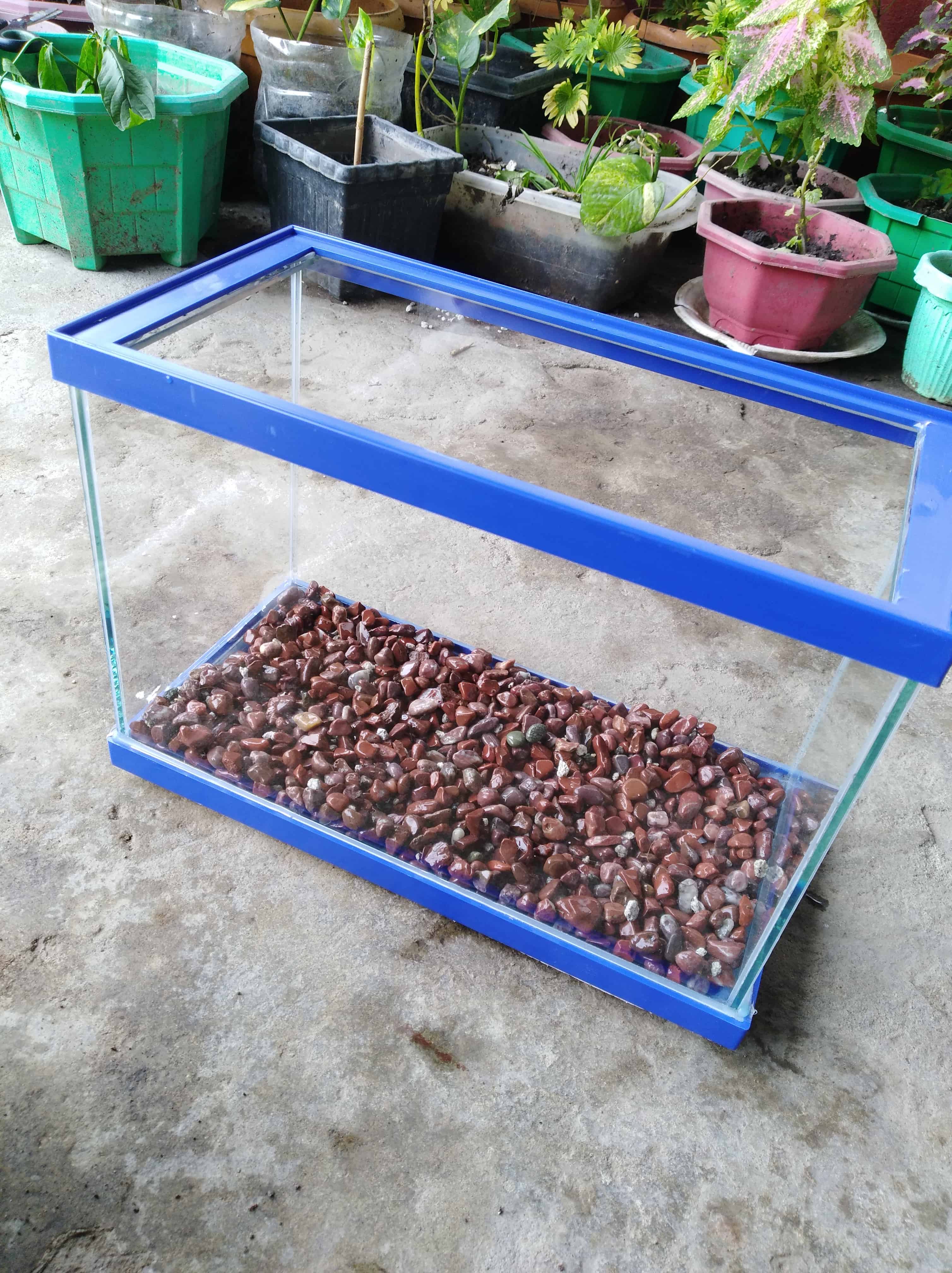
1. Add 1.5 inches of gravel at the bottom. This first layer provides drainage for excess water to drain from the soil and prevent root rot. You can keep some aside to decorate your terrarium in the end.
2. Add 0.5 inches layer of activated charcoal. This second layer absorbs unpleasant odors in the terrarium, mainly if it is a closed system.


3. Add 1-inch layer of sphagnum moss. This third layer secures the top layer from leaking into the charcoal and gravel layer. It also helps retain moisture when water drains out from the soil. Note: This is an optional step. But I find that it adds a nice overall look to the terrarium-aquarium.
4. Add 3-4 inches of potting soil or mix. This fourth layer provides the medium for your plants to grow their roots and absorb nutrients and moisture provided in the soil. If you want a sloped landscape, add 2 inches of the soil mixture in the front and 4 inches towards the back of the aquarium.


5. Poke a hole in the soil mixture and place your chosen plants in carefully. Water the plants lightly and ensure their roots are covered entirely within the soil.
And lastly, arrange your decorative items in the terrarium to your liking. You can place large rocks as natural boulders, twigs as fallen trees, and even a figurine or two! In my case, I added 0.5 inches of sphagnum moss all over the soil, two small rocks in the front, and a layer of pea gravel on the sloped landscape.

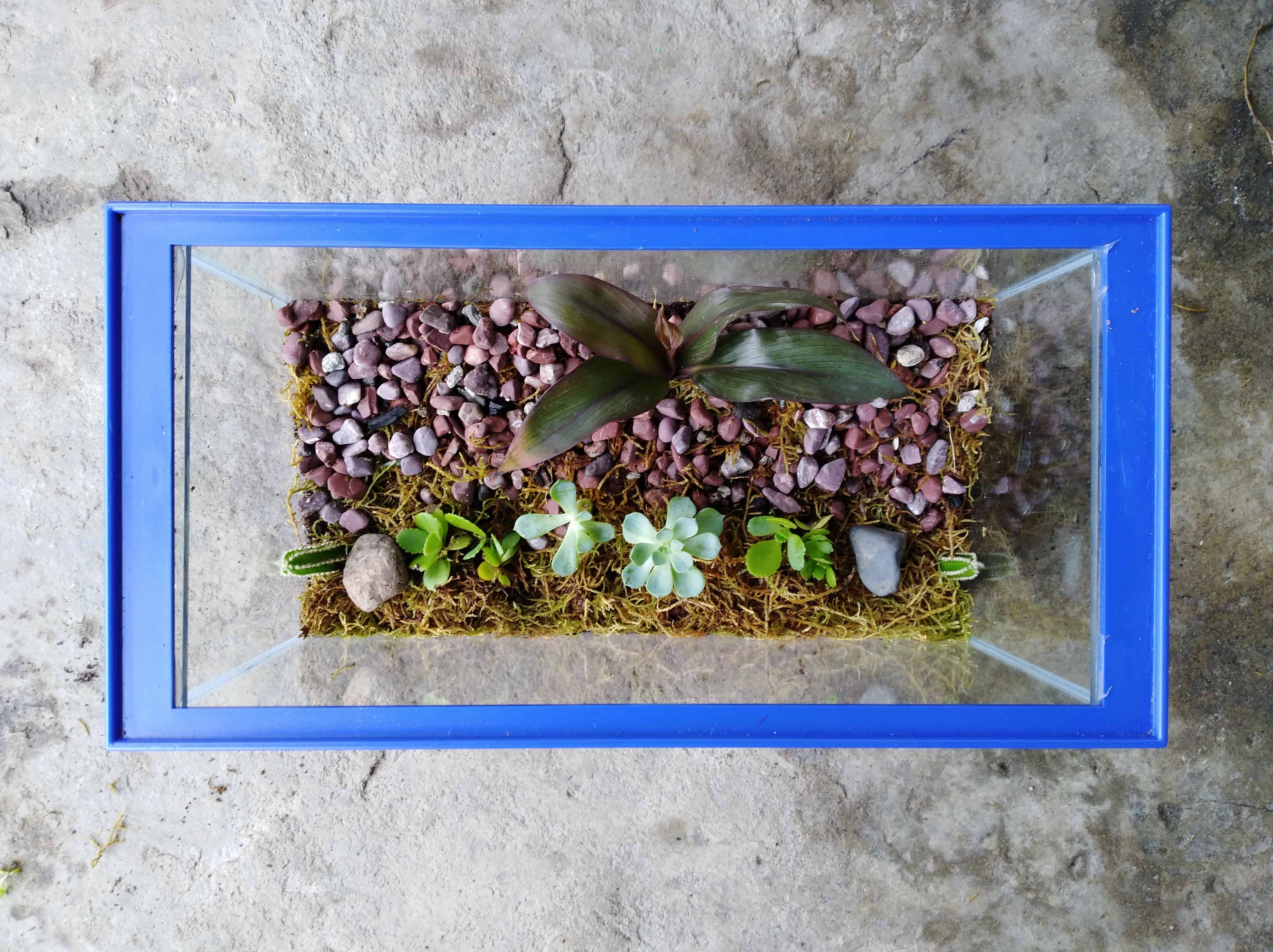
Note: Keep your terrarium away from direct sunlight. The glass of the aquarium walls will magnify the light and scorch your plants. Provide indirect sunlight, or use LED grow lights to compensate for your plants’ light needs.
If you’re aiming to have a closed terrarium system, i.e., place a lid on top, use plants that love moisture sure as ferns, begonias, and vines. If you want an open system instead, use plants that love to dry out, like cacti, succulents, and air plants.
Keep in mind that open system terrariums require frequent watering, but make sure to water lightly. If you can see water pooling at the bottom of the gravel layer, that means you have overwatered. Hold off on watering for a few days until no more water remains at the bottom. If you are unsure when to water your plants, dip your finger an inch deep into the soil to check if it’s damp. If it is dry, water as needed evenly around each individual plant.
6. Make a Decorative Centerpiece

Use a centerpiece filled with pebbles and a collection of small plants to decorate your dining table. It’s an eye-catching decor that would make for fascinating conversation, especially if you display your bizarre-looking plant collection here. You can try getting this Decorative Rustic Display Box on Amazon and decorate it to your liking!
Here are some simple steps to making your centerpiece:
- Line the inside of your wooden box with plastic or paper. This protects the wood from being stained with accidental splashes when you water your plants, so it lasts longer.
- Fill the lined insides with pebbles halfway.
- Add in your small, potted plants and space them apart. Make sure they are settled steadily on the pebble layer.
- Optionally, you can add in more pebble layers to secure the pots or leave them as is.
7. Macrame Hangers

Decorate the dining area with macrame plant hangers to display your plants. These are perfect for trailing plants as their downward growth creates an outdoorsy aesthetic. You can also hang regular plants in these hangers to add visual interest between the intricate knotting style and your foliage beauty. Although, don’t hang them over your dining table lest you want leaves and soil falling down on you and your food – unlikely to happen, but better safe than sorry. I’d recommend getting these simple but intricate Macrame Plant Hanger Set on Amazon.
8. Birdcages

Consider a small or medium hanging birdcage fixed to your ceiling or wall to house your plants in your bedroom. It utilizes the overarching space above your head and keeps the plant off the floor where you’re likely to trip over it in the morning. If you’re feeling whimsical, add fairy lights trailing down the cage or wrap around its bars to invite the fae to rest in your birdcage. Just don’t tell them your name or eat/drink anything they give you, even if it is your domain. You never know with faerie folks. I recommend getting this Iron Birdcage on Amazon.
9. Upcycle Spice Racks
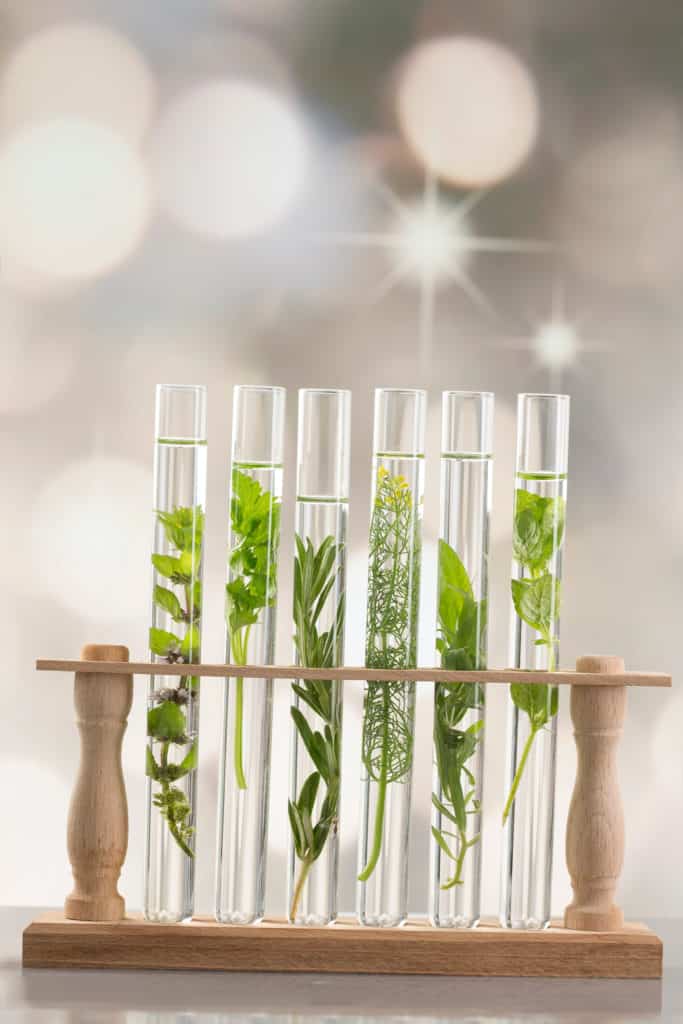
If you’re having trouble keeping an eye on your propagates, upcycle a spice rack into a propagation station and keep it in your bedroom. You can place it alongside your shelves to keep you company while waiting for that pesky lucky bamboo propagate to start sprouting roots.
10. Make a DIY Umbrella Stand Planter

If you’re the type who likes to lounge outdoors, why not take the time to make your own umbrella-stand planter! What is it, you may ask? Well, an umbrella-stand planter functions as a placeholder for your patio umbrella, replacing that ugly black-bottomed heavy thing with vibrant flowers planted in a tall pot, barrel, or bucket instead. It will house your plants and provide shade for you and the plants during hot, sunny days.
Prepare the following items:
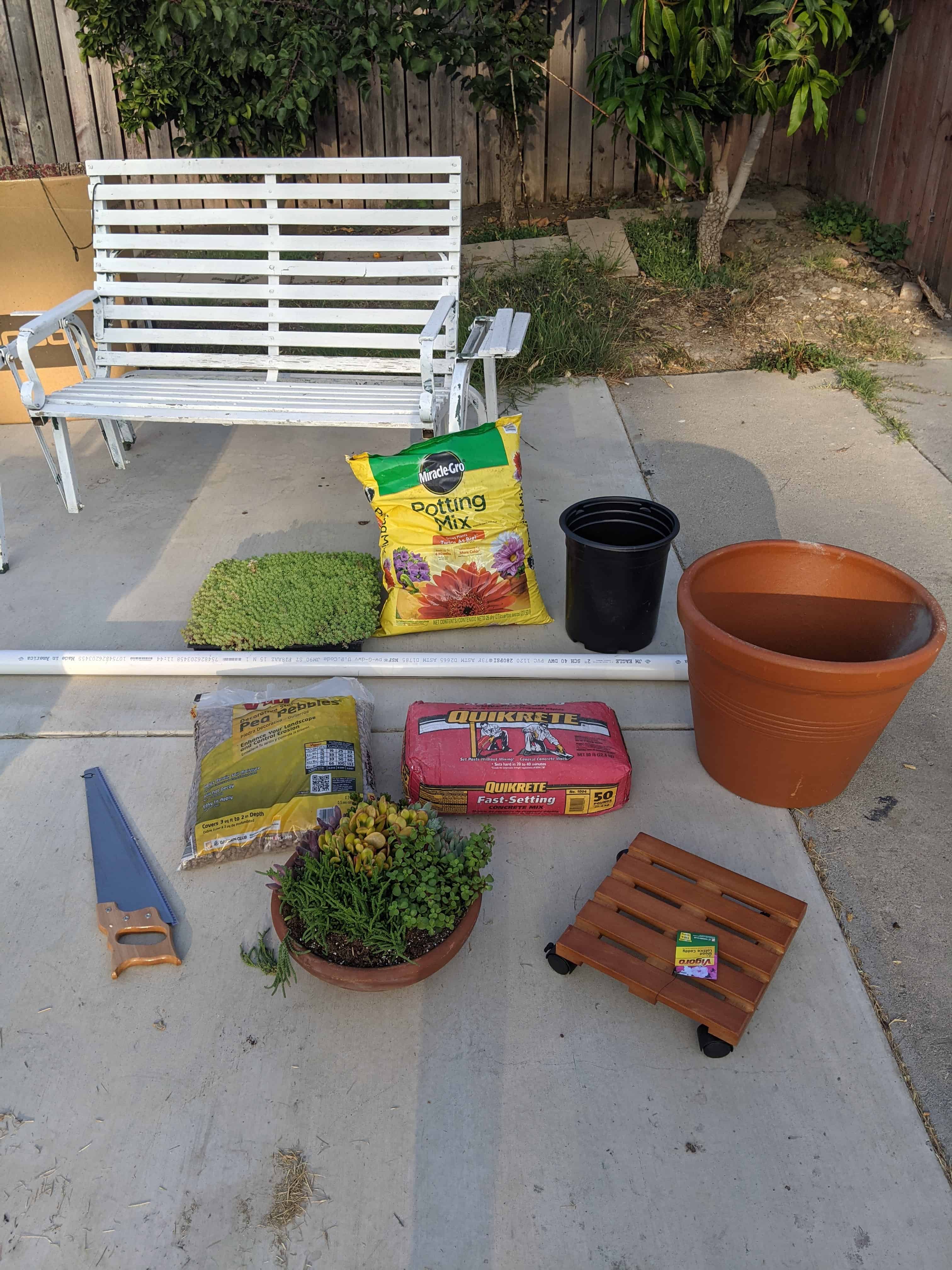

- A tall pot or barrel of your choice with drain holes at the bottom.
- A bucket half the diameter and height of your chosen pot or barrel
- 1 lbs of pea gravel
- 2” Diameter PVC pipe cut to the height of the barrel
- Quick-setting cement
- Fresh potting soil/mix (I recommend getting this Potting Soil on Amazon)
- Your chosen flowering plants
Here are the steps to make your own umbrella stand planter:
1. Place the small bucket inside the tall pot at the center.
2. Pour in about 2-3 inches of pea gravel into the bucket and around it in the tall pot. It will help secure the bucket in place.


3. Place the PVC pipe in the middle of the bucket, making sure it is temporarily supported upright by the gravel.
4. Pour in the quick-setting cement into the bucket around the PVC, following the product label’s specified instructions, and let it set. I recommend getting this Anchor Cement on Amazon for your needs.


5. Once the cement is set, fill your tall pot or barrel with fresh potting soil until it covers the bucket, and the cement is no longer visible.
6. Dig a hole in the soil and plant your chosen flowers or plants. Make sure to water thoroughly until excess water drains out.

And that’s it! All you have to do next is pop in your patio umbrella into the holder and you’ve got yourself an umbrella stand planter of your own.

11. Empty Lanterns
Add a couple of empty lanterns with plants in them to give your patio a tasteful look straight out of an animated film or just to keep your pets from munching on your plants. Think of it as a single-plant terrarium for your decor perusal. You can place it on the ground or hang it around your patio. I’d recommend getting several of these Rustic Garden Wooden Lanterns on Etsy.
12. Ornamental Plant Trellis

Train your climbing plants like Hoyas and English Ivy to grow up a decorative trellis and create an overhead canopy. Make sure to stick the trellis into the pot at the time of planting. If you do this later, you risk staking the roots and damaging your plant instead. Alternatively, you can also secure the trellis or trellises (trellisi?!?) onto your wall, place the plant near it and wrap its vines on the wires to let it grow along with the structure. This way, you can let your climbing plants grow as much as it wants without creeping silently on the ground waiting to engulf you in its vines. I’d recommend getting this geometric and modern-looking Metal Garden Trellis on Amazon which can be easily placed in a pot.
With those design ideas in mind, also take note to place your plants in a room that suits their needs:
Where To Place Your Plants!
Kitchen

Herbs are the obvious choice to place in the kitchen, but if you only did herbs you’d be missing out on some houseplants that would make your cooking area vibrant with character. The kitchen is one of the best places to keep plants – it has high humidity and an abundance of natural light. Plants like Basil, China Doll plant, Crown of Thorns, and Jade plant will love this environment.
Bathroom

The bathroom should be a cleansing place for both mind and body. Did you know that the bathroom has higher humidity levels than the rest of the house? In general, areas where water is used frequently, have high humidity and make great mini-climates that your plants will thrive in. Throw in some Begonias, Asparagus ferns, Crotons, and Philodendrons, and you can have yourself a spa day feel with a tropical theme.
Living Room

A place of leisure for you and guests to lounge in, the living room is a fantastic exhibiting area to show off your lovely plants. But what are some of the best indoor plants to place here? Houseplants like Chinese Evergreen, African Violets, English Ivy, Vining Jasmines, Pilea, and even a collection of succulents like the Euphorbia family in your living room work great! Just make sure the room has enough windows providing light! Living rooms typically have average humidity and sunlight, which makes them the perfect place for these plants.
Dining Room

A communal space to eat and interact with people, the dining room begs to be adorned with ornamental houseplants. But some may ask, “what indoor plants would beautify my dining area?” Select an assortment of captivating plants like Aeonium, Burro’s Tail, Kalanchoe, Strelitzia (Bird of Paradise), and Haworthia fashioned on intricate macrame hangers or placed in creative DIY centerpieces to instantly bring a refreshing atmosphere into your room.
Bedroom

Sleep is essential to our well-being; naturally, the bedroom has to be the most comfortable place to rest in your home. Add a few plants that need minimal care like Air plants, Snake plants, Bromeliads, and Peace Lilies to greet you when you wake from a restful sleep. Just the sight of plants you like first thing in the morning is an instant mood booster no matter what side of the bed you woke upon.
Patio

Nobody likes a bare patio, so why not decorate yours with an outdoor oasis of houseplants to make it green and lively? Having a mini garden is a great way to go about it. Arrange plants like Desert Rose, Ponytail Palm, Gardenias, and Ti plant around your patio to add a springy character to your outside space.
Click here for a detailed guide on houseplant care to help you out!
All in all, these DIY design projects make a great weekend project to jazz your home with houseplants in new or repurposed everyday items to elevate the plants’ foliage beauty. Before you know it, your home becomes a thriving mini rainforest. Welcome to the jungle.
References:
https://homesteadbrooklyn.com/all/2016/10/23/5-clever-ways-to-reuse-containers-to-grow-plants
https://www.leaningshelf.com/plant-ladder-shelf/
https://mostlovelythings.com/diy-plywood-pegboard-bathroom/
https://www.ohiotropics.com/2020/03/20/terrarium-aquarium/
https://macrameforbeginners.com/free-macrame-plant-hanger-patterns/
https://homebnc.com/birdcage-planters-ideas/
https://www.reddit.com/r/houseplants/comments/p0hf8k/2_spice_rack_at_goodwill_propagation_station/
https://www.instructables.com/Planter-Umbrella-Stand/
https://www.housebeautiful.com/lifestyle/gardening/g3376/container-gardening/?slide=13
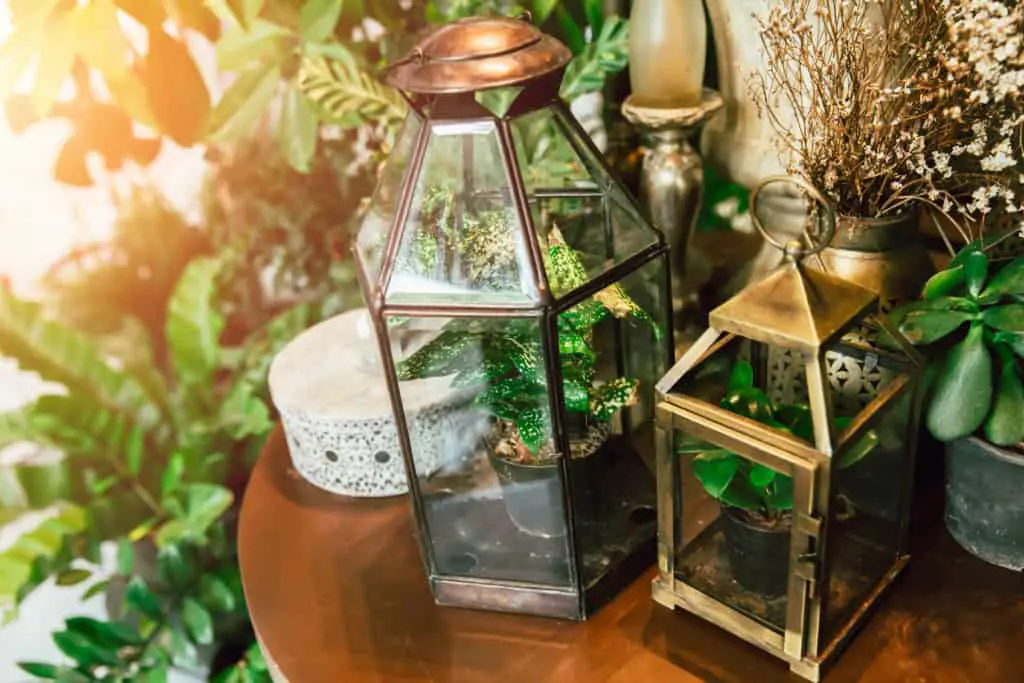




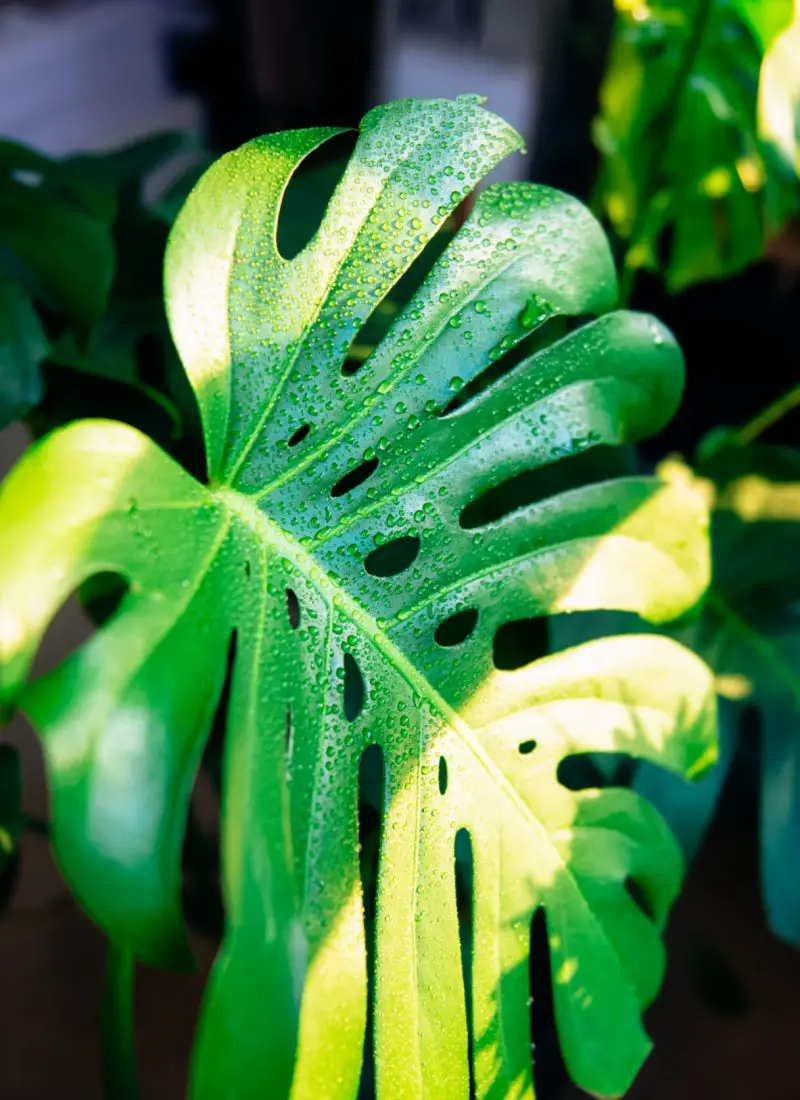
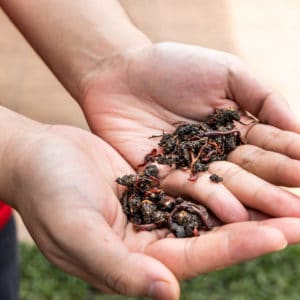

Leave a Reply